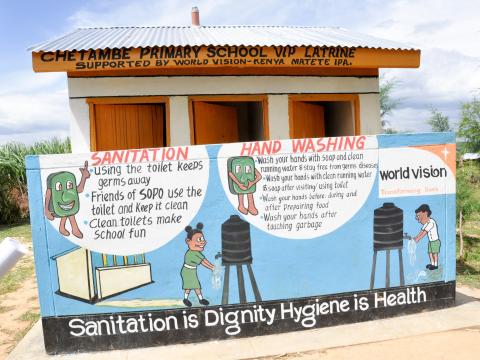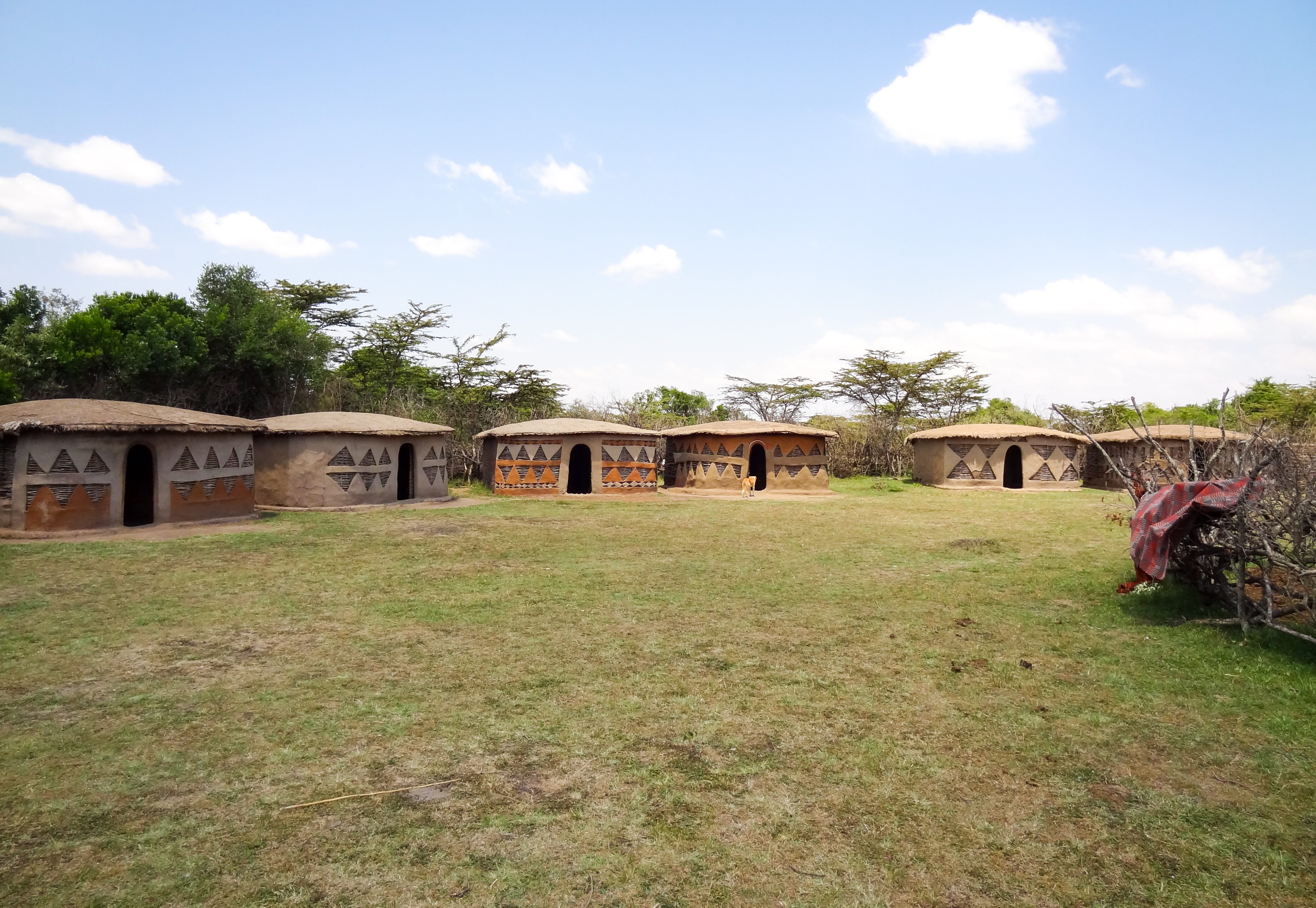Children’s Voices Promote Toilet Use in Kenya

By Wanjiku Kuria and Deborah Oyaro, Hygiene &Sanitation Experts at World Vision Kenya
When nature calls, people need toilets. Yet, many cannot access them.
According to the Ministry of Health statistics, approximately six million Kenyans lack access to sanitation facilities such as toilets. They therefore practice open defecation in bushes, forests or grasslands.
The faeces, urine and other forms of human waste pollute the environment and turn it into an open sewer that exposes people - especially children - to deadly diseases such as diarrhoea and cholera.
Last year, 34 out of Kenya’s 47 counties reported cholera outbreaks, which led to loss of lives. The most affected regions were areas where open defecation is rampant.
These diseases take a huge toll on Kenya’s economy. A 2012 World Bank study indicated that the country loses about Ksh.27 billion annually due to poor sanitation.
Such hygiene and poor sanitation challenges – especially the lack of toilets - contribute heavily to malnutrition and stunted growth among children below five years, hence making them vulnerable to childhood diseases like malaria and pneumonia.
To address this problem, World Vision Kenya - in partnership with the Ministry of Health - has been rolling out an approach known as Community Led Total Sanitation (CLTS) that is aimed at mobilising communities to completely eliminate open defecation in different parts of the country.
The low cost initiative seeks to sensitise communities on the importance of using toilets so as to prevent environmental pollution and curb the spread of diseases like diarrhoea, cholera and dysentery.
Through the CLTS approach, communities are facilitated to conduct their own appraisal and analysis of open defecation, so they can take action to stop the habit. This is done in a manner that elicits emotions such as disgust and shame associated with the practice of open defecation.
During this process, children play a key role in ensuring that households adhere to recommended hygiene and sanitation practises. For instance, they create awareness by composing and singing songs that condemn open defecation. They also giggle and shame those found defecating in bushes instead of using the toilets.
After awareness creation has been done, lists of households without latrines are usually put up in public places like schools, market centres and community water kiosks.
Children whose parents are on the list do not rest. They pressure their families to construct latrines, hence becoming change agents or champions of good hygiene and sanitation practises.
This gives children an opportunity to take action and contribute to decisions and solutions about societal challenges or issues that affect their lives.
All CLTS campaigns are geared towards making communities become Open Defecation Free (ODF). This indicates that all households in a particular area have latrines, which people use to answer nature calls instead of defecating or discharging faeces in the open.
Such initiatives are aimed at eliminating open defecation in Kenya by 2020, as per the government’s set time frame. This will enable the country to meet the Sustainable Development Goal (SDG) 6, which aims at ensuring availability and sustainable management of water and sanitation for all.
So far, only two counties – Busia and Kitui – have attained the ODF status.
